Courses
GEO 5290/6290: Environmental Conflict: Mining & Water in Ecuador
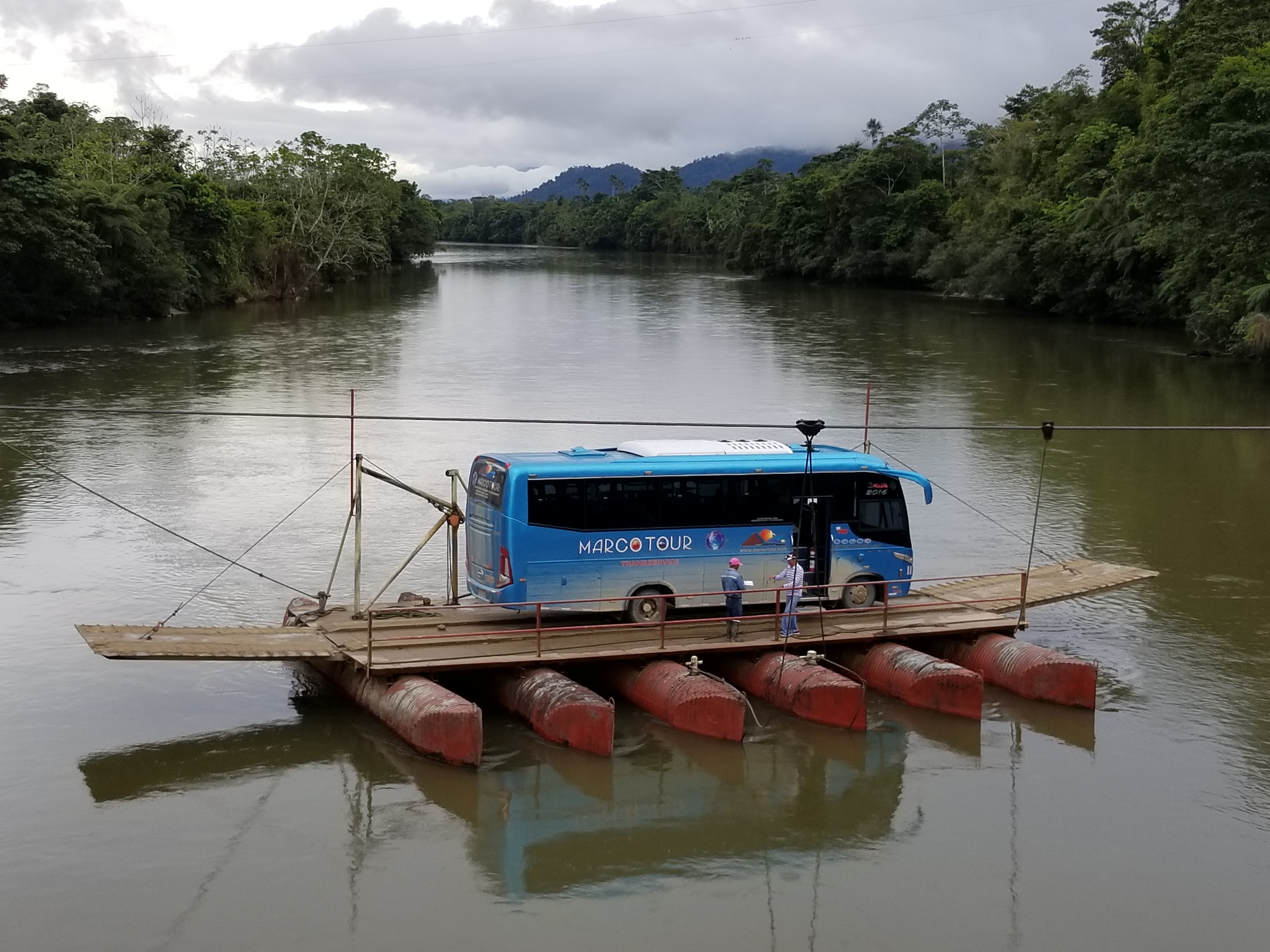 |
 |
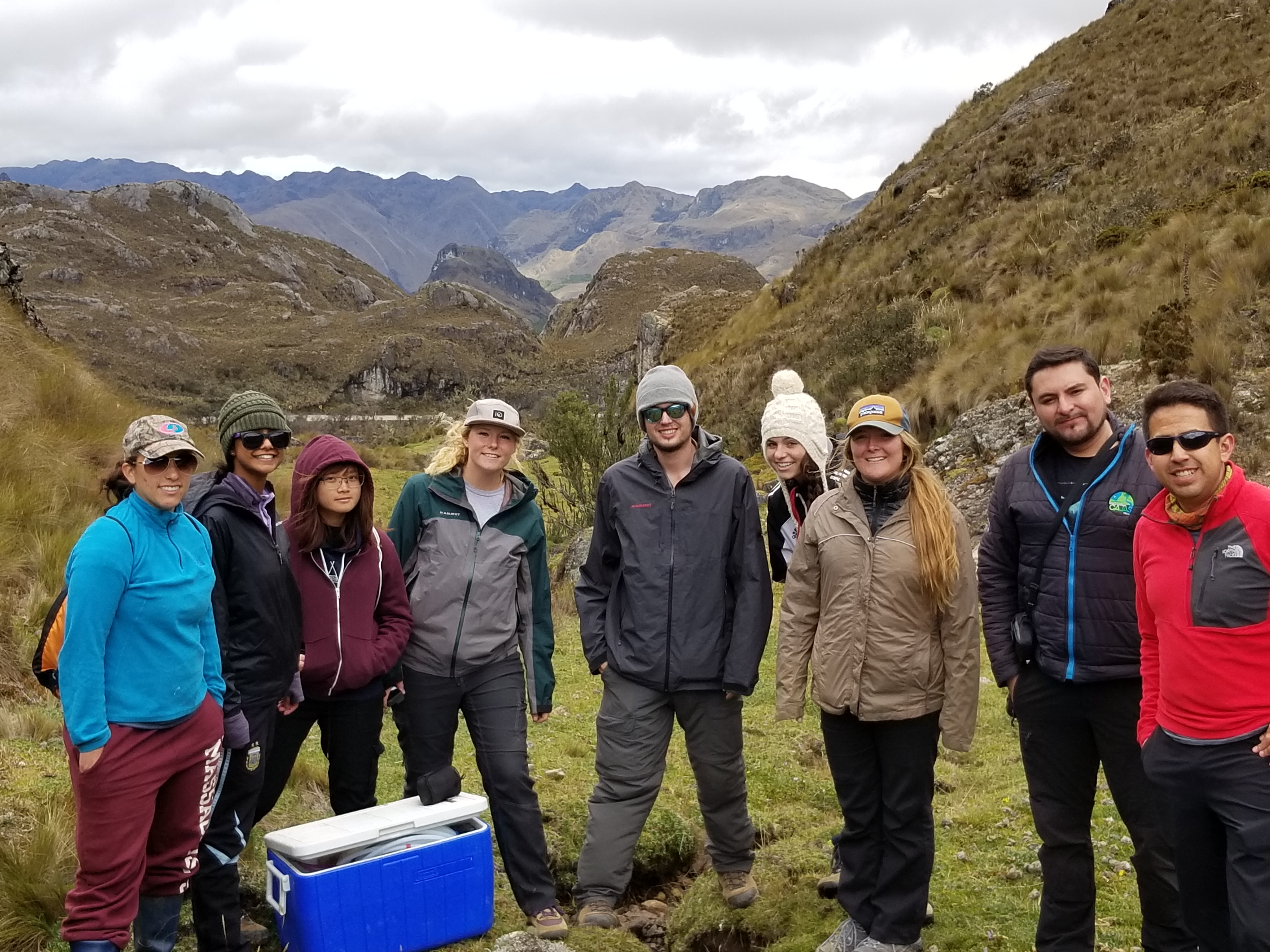 |
The course is an intensive hands-on three-week exploration of the problem of water quality impacts from mining in Ecuador from all perspectives: 1) operators; 2) regulators; locals and indigenous, and in terms of technical and non-technical concerns. The first week (in U.S. at UU) will provide the history and context of Ecuador and mining in Ecuador, as well as a working understanding of water quality and trace element toxicity. The second and third weeks (Ecuador) will involve hands on-field observations and sampling, tours of mining and processing facilities, lectures from Ecuadorian researchers, and interviews with individuals of all societal sectors (operators, regulators, locals, and indigenous). Students will conduct targeted field sampling efforts designed to help locals, regulators, and researchers better understand the scope of the contamination and determine how to fix a major environmental problem in Ecuador. U.S.A class assignments will include readings and short summary reports as well as simple chemical and transport calculations. A follow-up day on campus following return to the U.S. will be used to disseminate data from analyses of samples collected during the trip.
GEO 5390: Solute Transport & Subsurface Remediation
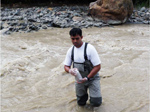 |
The course represents an application of principles mastered in groundwater hydrology, environmental chemistry and related courses. Topics include: mechanisms of solute transport, analytic solutions, stochastic theory of dispersion, air-stripping, soil vapor extraction, chemical extraction, bioremediation, natural attenuation, and solidification. Teams will be formed to develop a remedial system for a contaminated site. GMS training will be provided in a co-requisite course in groundwater modeling. Learn More
GEO 5690/6690: Environmental Contaminants
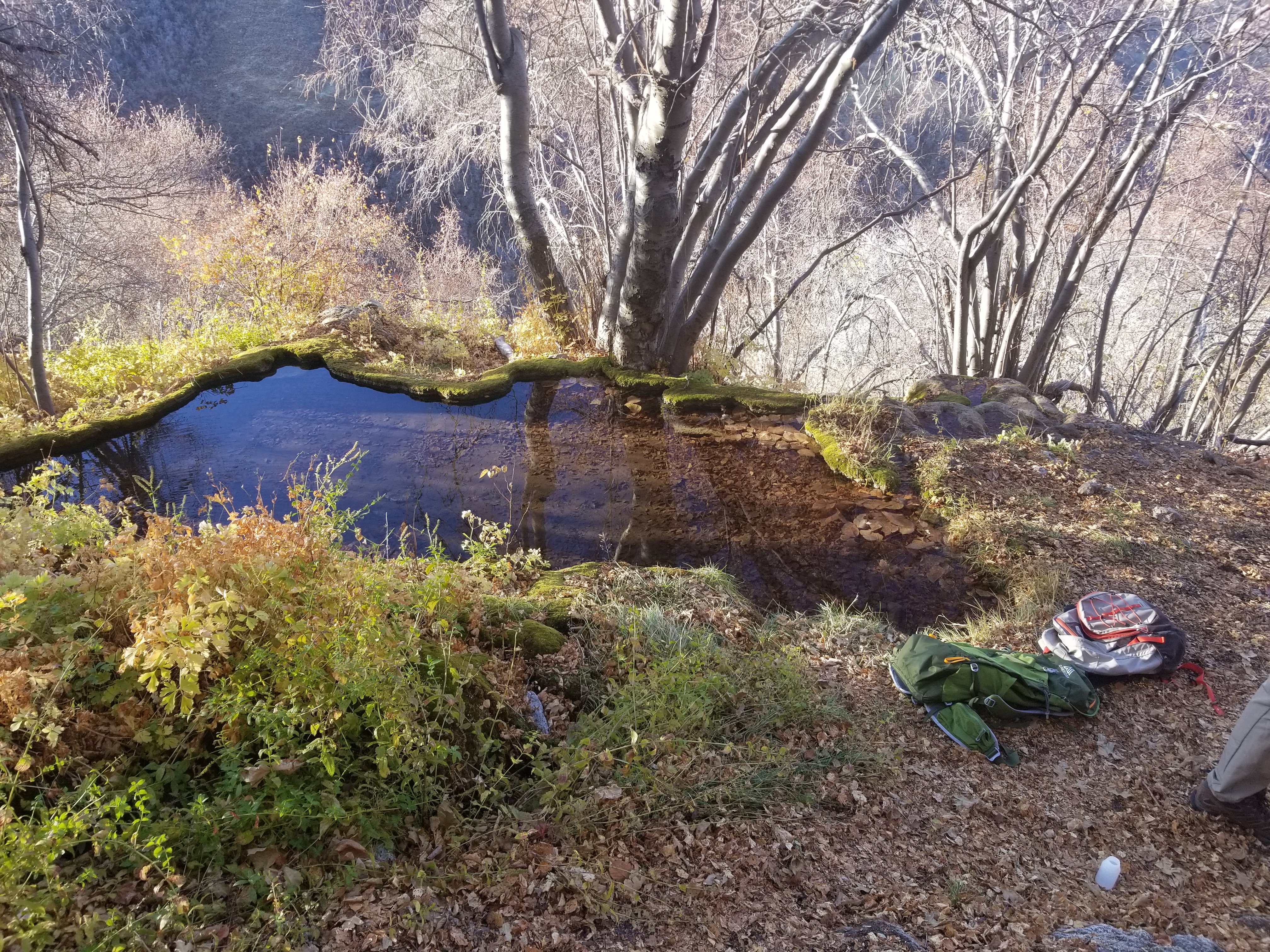 |
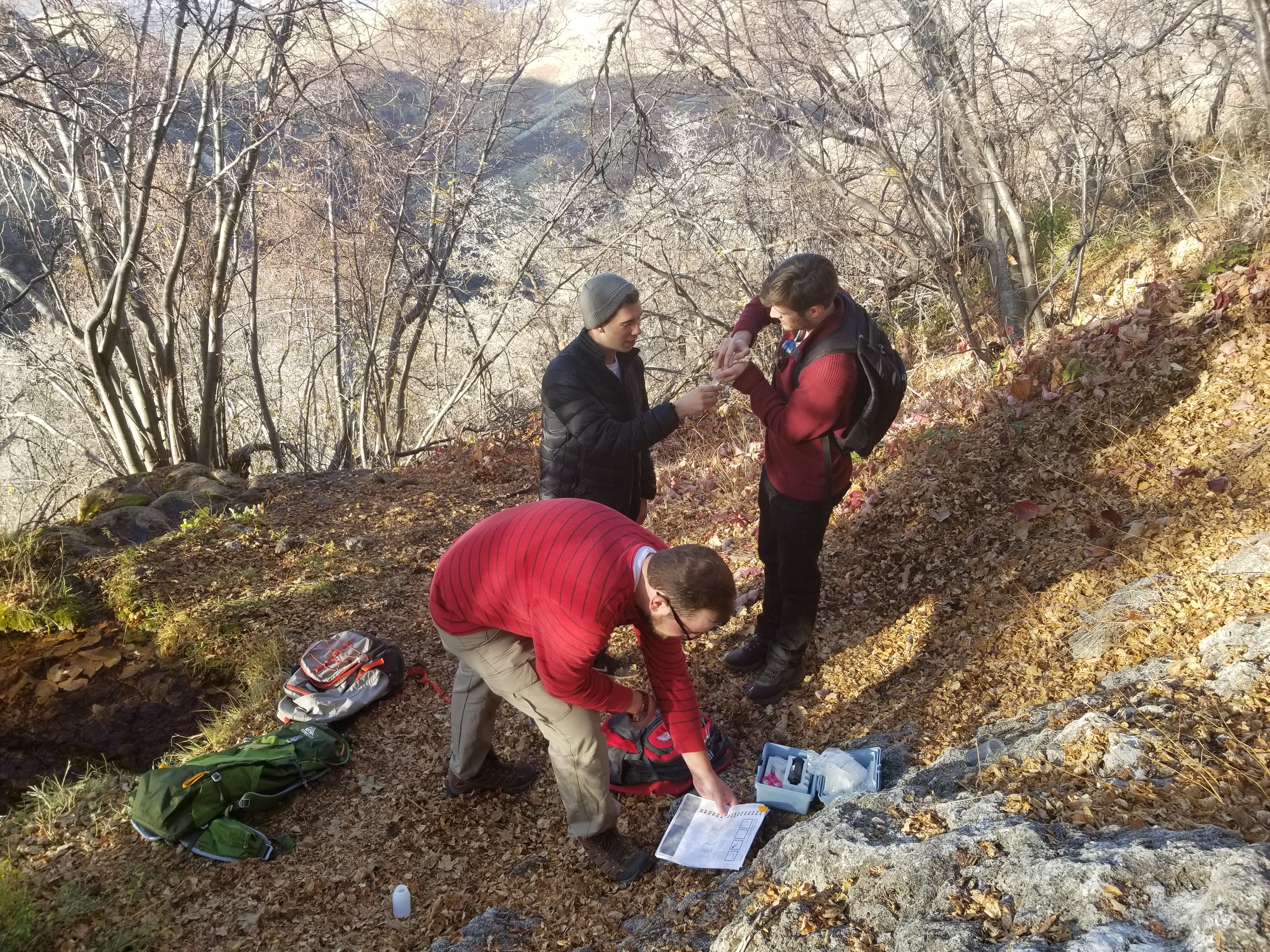 |
If you�ve ever wondered about odd contamination issues like: why polar bears accumulate PCBs; why it�s so difficult to say whether an oil spill has actually been cleaned up; and why is mercury everywhere but becomes problem only in certain places, then this course may be for you. This course provides a working knowledge for prediction of the partitioning of anthropogenic organic and inorganic chemicals in aquatic and subsurface environments and is designed to allow participation by students from a wide variety of backgrounds including geoscience, environmental studies, environmental engineering and public health. Students should have had a semester to a year of general chemistry. We will briefly review the basics of organic and physical chemistry at appropriate places in the course. While the course style accommodates many backgrounds, it is not a slacker course; you will learn a great deal, and you will emerge with working tools to predict contaminant concentrations in the environment based on their molecular structures and basic characteristics.Learn More
GEO 6920/7920: Nano- and Micro-Particle Transport and Surface Interaction
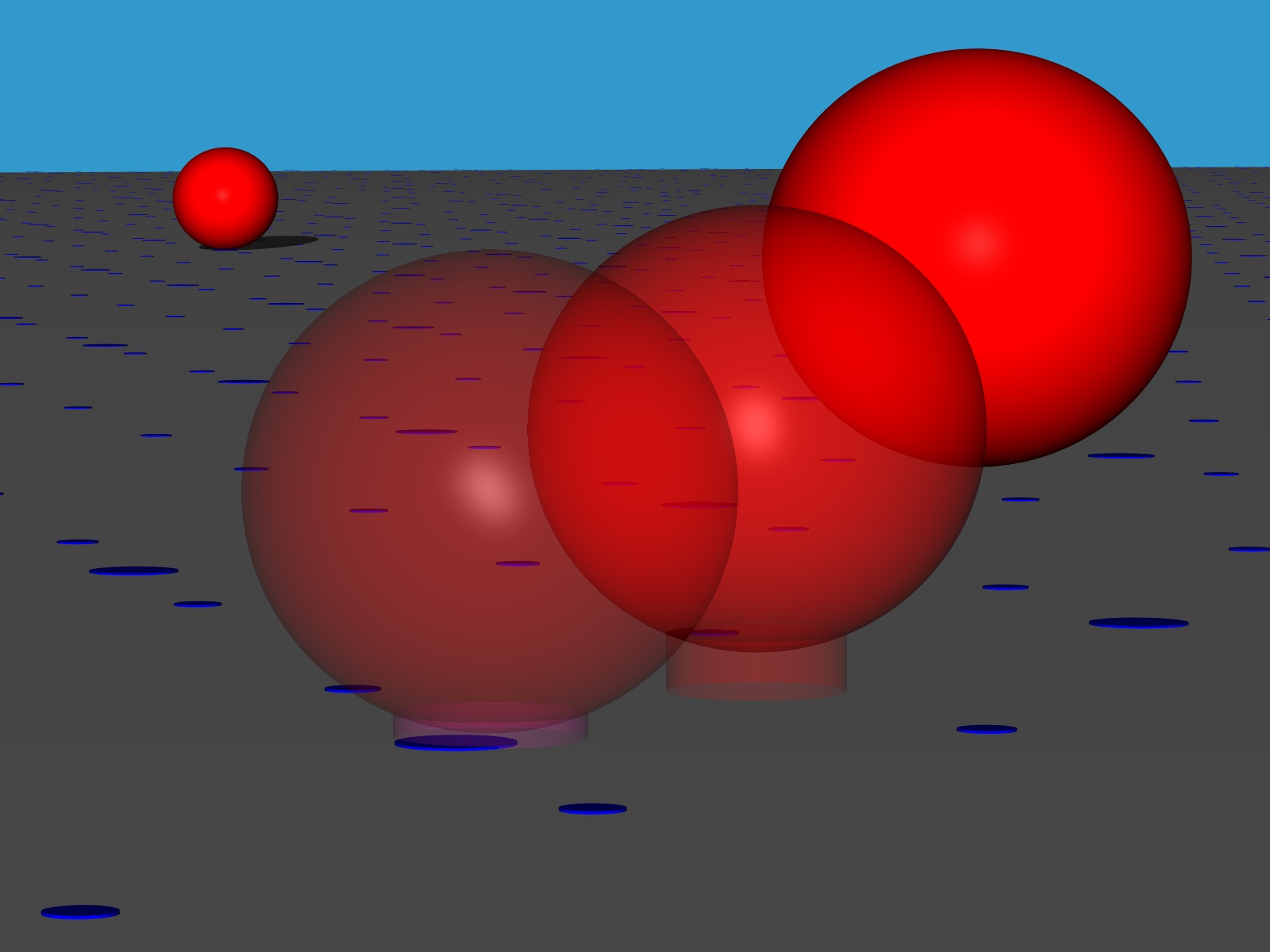 |
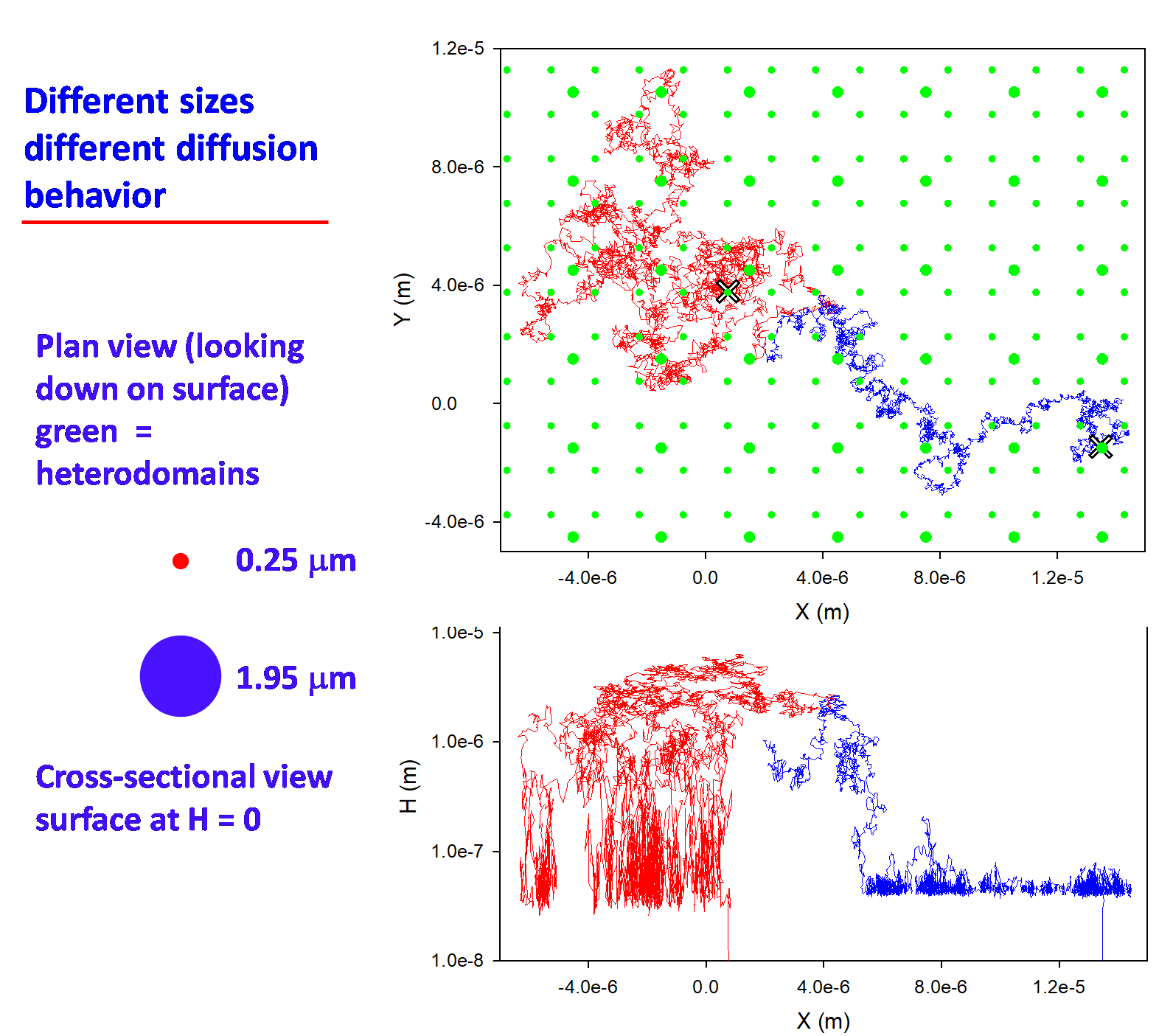 |
Practical training with theoretical background for simulating nano- and micro-particle transport near surfaces and in granular porous media. Matlab and Excel tools will be utilized in training students to understand mechanistically the roles of particle size, density and surface characteristics on transport, attachment and attenuation in media with different surface properties, solution chemistries and fluid velocities.

